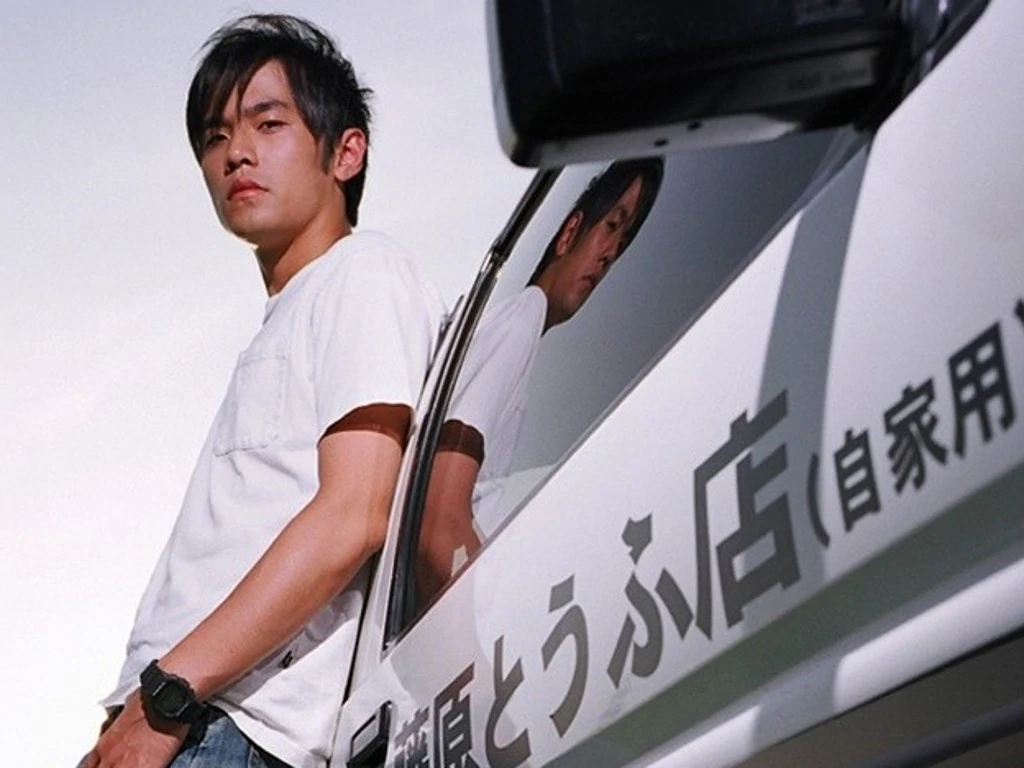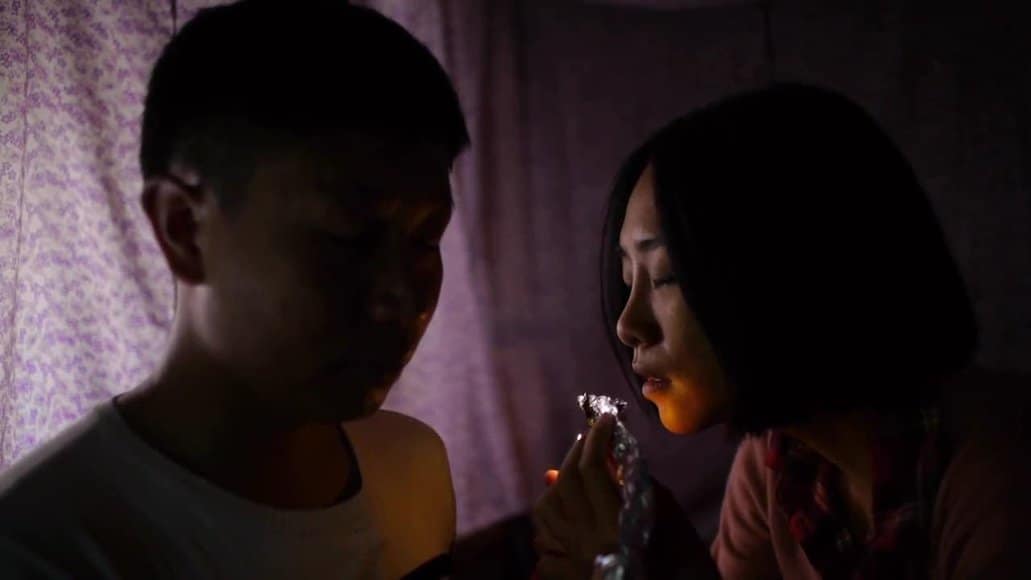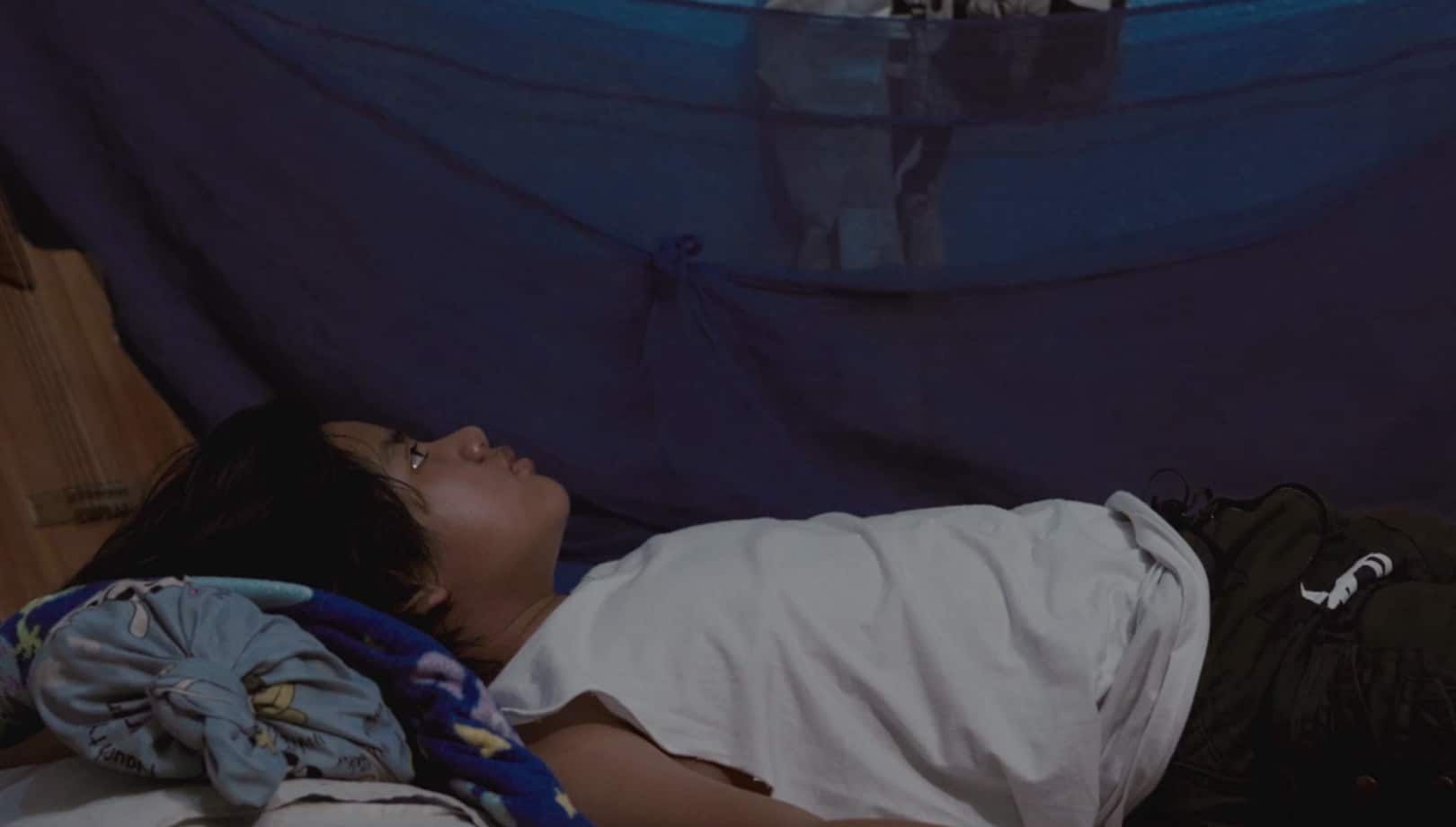Kenneth Dagatan's sophomore feature “In My Mother's Skin” is set in the Philippines during the last months of WWII, following the story of Tala, a young girl (Felicity Kyle Napuli) who strikes a deal with a flesh-eating fairy (Jasmine Curtis-Smith) in exchange for food for herself and her little brother Bayani (James Mavie Estrella), and a remedy for her mother Ligaya (Beauty Gonzalez), who fell sick with a mysterious illness. That this comes with a big price to pay, is no wonder.
“In My Mother's Skin” is screening at Udine Far East Film Festival

Dagatan leans on local legends about ghouls to build the plot, adding his specific touch to it with metaphors about the war and its impact on people's urge to survive and protect their closest ones. Written as the script for a short film in 2015 largely inspired by a self-canibalism story in Marina de Van's extremity horror film “In My Skin”, the storyline evolved into something more meatier (pun intended) in its later development. The opening scene shot in black and white shows a soldier feeding on the flash of his compatriots, and who – well fed and high on it – eventually vomits a living black bird. Dagatan doesn't stay long in that place, and leads us immediately to Tala family's arrival to their luxurious villa amidst forest full of lurking dangers. The color palette switches to terracotta and dusty tones, barely inhaling more life into the visual representation of the story. This is a justifying decision considering everything that happens from that moment on. Not only Japanese are up to no good, there is something at least as much as evil hiding behind trees.
Vampirism and cannibalism as symbols for human greed and self-destruction are not a novelty, but the Filipino helmer shows originality in using those tropes. It is not only his way to address our weaknesses, he is also indirectly pointing out in direction of the entangled system of political corruption and self-entitlement. He does feed on elements from Guillermo del Toro's “Pan's Labyrinth”, borrowing bits and pieces, but he turns them into his own thing. For instance, insects are also elemental in “In My Mother's Skin”, and the allegory is similar, but his monsters are real, well visible for everyone, and they can be transformed.
Check the interview with the director
“Why is that Fillipino soldier with the Japanese? They are the enemy”, wonders the child not understanding that her father Aldo (Arnold Reyes) is, too. Times are getting difficult for a family that was privileged to skip on experiencing the scarcity in food and comfort due to the father's close collaboration with the Japanese. When a scammy man also close to the Japanese appears in their house accusing him of stealing gold bars, things go south.
Aldo claims to know nothing about the alleged treasure, and he departs from the mansion alone, promising to get help. He basically leaves his family completely unprotected and unprovided for. When after some days the mother falls ill, and children start starving, Tala and Bayani enter the wood in hope that they can hunt something with the gun they found. Soon enough, weird things start happening, and the children get separated, but not before Tala gets lured into a hut where she finds a sweet in red wrapper. Before she can properly eat it up, she discovers a mutilated body of a man in the room next door. When the fairy appears, she promises to help the child cure her mother, and gives her a small gift which turns out to worsen up things to maximum.
Carlo Tabije's costume design is one of the, technically speaking, most striking things in the movie. The fairy's attire, a crossover between a saint's habit, queen's mantle, and a beautiful insect's epicuticle combined with a massive pearl-encrusted headpiece in the shape of bug, is something one won't forget easily. Likewise, the production design by Benjamin Padero brings a lot to the table.
This is the third international stop for Kenneth Dagatan's horror. The film had its world premiere at Sundance in January, before moving to Rotterdam International Film Festival. The screening in Udine marks its Italian premiere.















